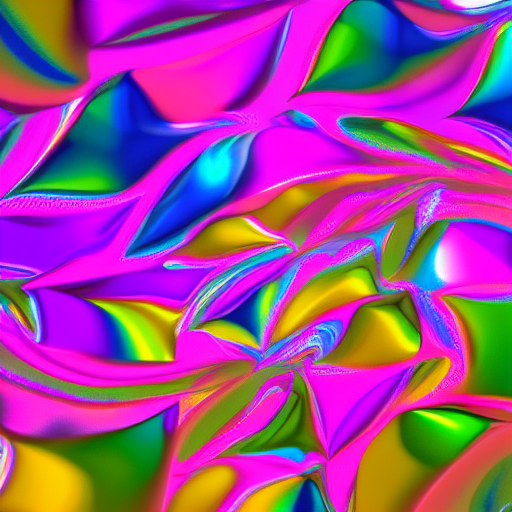Chrominances are the color components of a video or digital image. This includes the hue, saturation, and brightness (also known as luminance) components. Chrominances are most often expressed as either RGB or HSV values, depending on the type of system used. Chrominances are generally described in terms of their chroma, which describe the intensity of the primary colors, and their luminance, which measures the brightness of a given pixel. Chrominances can be used to define the complete range of possible colors, from a full white to the darkest of blacks.
The most common method for encoding chrominances is the Rec. 709 color space, which for digital television is the most commonly used color space. The range of colors defined by the Rec. 709 color space is based on a particular kind of three-dimensional cube, known as YUV, which stands for luma (Y) and chroma (U, V). The code values for each of the three primary colors (red, green, and blue) are then expressed as single units (Y, U, and V). To create the various shades in a digital image or video, the individual values of each color component are then mixed together to create a range of possible colors in the resulting image.
In addition to the RGB and HSV color spaces, there are other, more complex systems that are used to encode different chrominances, such as YIQ and YCbCr. These systems are typically used in more advanced applications, such as digital television and motion picture production, and can provide a wider range of color possibilities.
